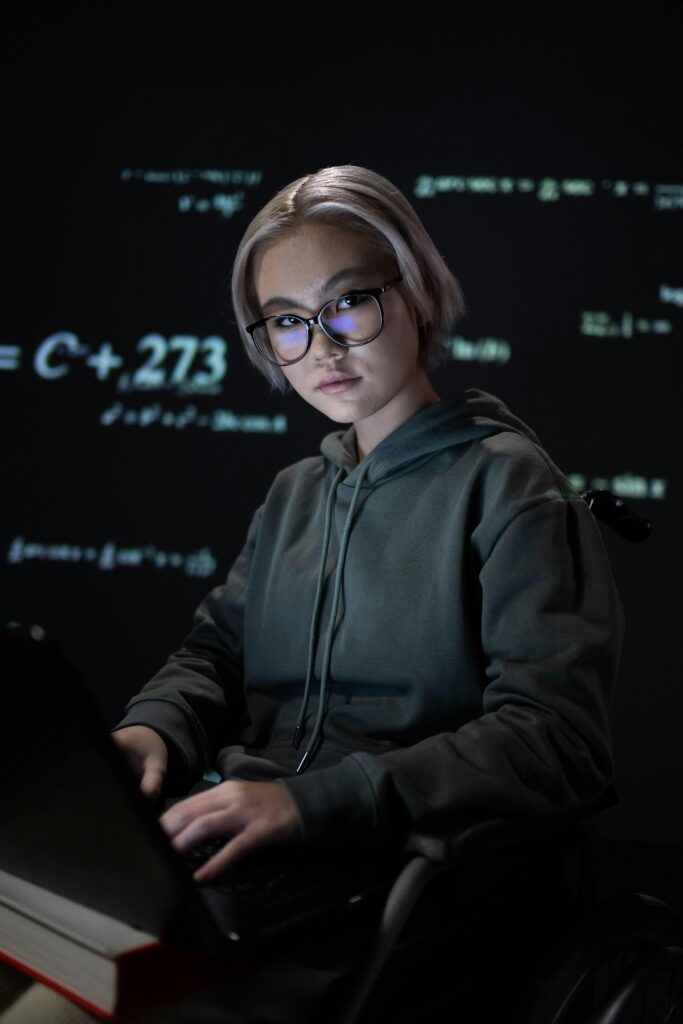The integration of AI tools like ChatGPT into language education is sparking both enthusiasm and concern. As students gain access to sophisticated language models capable of generating essays, correcting grammar, and even mimicking writing styles, educators are grappling with how to balance innovation with academic integrity, and how to cultivate critical thinking in an AI-assisted world.

Language Learning Meets Artificial Intelligence
Language learners have quickly adopted ChatGPT as a multifunctional assistant. From vocabulary drills and grammar explanations to essay writing and dialogue simulation, the AI can serve as:
- A 24/7 tutor that answers questions instantly
- A writing coach offering structure, syntax, and tone corrections
- A conversation partner for non-native speakers practicing fluency
But what happens when students rely too heavily on AI for cognitive labor?
From Convenience to Dependency
While ChatGPT offers convenience, it can also breed intellectual complacency. Experts warn that if students use AI to do their thinking for them, they risk:
- Losing grasp of foundational grammar and syntax
- Missing out on the struggle that builds language proficiency
- Accepting surface-level answers without critique or verification
This growing dependency has triggered a renewed call for critical digital literacy—the ability to assess, challenge, and verify AI-generated content.

Promoting Critical Vision in the Age of AI
Educators are adapting to the AI era by reshaping curricula to include:
- AI Literacy Modules: Teaching students how ChatGPT works, its strengths, and its limitations
- Prompt Engineering Workshops: Showing how to craft meaningful, high-quality inputs for better outputs
- Critical Analysis Exercises: Asking students to compare AI-written vs. human-written responses
- Ethics in Language Use: Encouraging reflection on plagiarism, bias, and intellectual ownership
By doing so, schools foster a “critical vision”—the ability to think with and against AI, rather than passively consuming its output.
Real-World Application and Multilingual Equity
Another key concern is linguistic inclusivity. While ChatGPT performs impressively in English, its fluency and accuracy vary across other languages:
- European languages like Spanish and French receive better support
- Less-represented languages such as Swahili, Tagalog, or indigenous tongues may face translation gaps or cultural inaccuracies
- Multilingual classrooms face new challenges in equitable AI use and comprehension
Educators and policymakers are calling for more inclusive datasets to level the linguistic playing field in AI tools.
Frequently Asked Questions
Q: How does ChatGPT help language learners?
A: It serves as a tutor, grammar corrector, and conversation partner—helping students practice writing, comprehension, and fluency.
Q: What are the risks of using ChatGPT in education?
A: Overreliance can stunt critical thinking, reduce writing effort, and foster academic dishonesty.
Q: How can teachers encourage critical use of AI?
A: By incorporating AI literacy, requiring human-AI comparison exercises, and promoting ethical discussions around content creation.
Q: Is ChatGPT equally effective in all languages?
A: No. While performance in English and major European languages is strong, support for many world languages is still inconsistent.
Q: What is ‘critical vision’ in education?
A: It’s the ability to question, evaluate, and interpret information—especially from AI tools—rather than accepting it at face value.
The future of language education isn’t about rejecting AI—it’s about raising thinkers who can use it wisely. As ChatGPT continues to shape the classroom experience, the true lesson lies in teaching students how to stay curious, skeptical, and always in control of their own learning journey.

Sources PHYS


